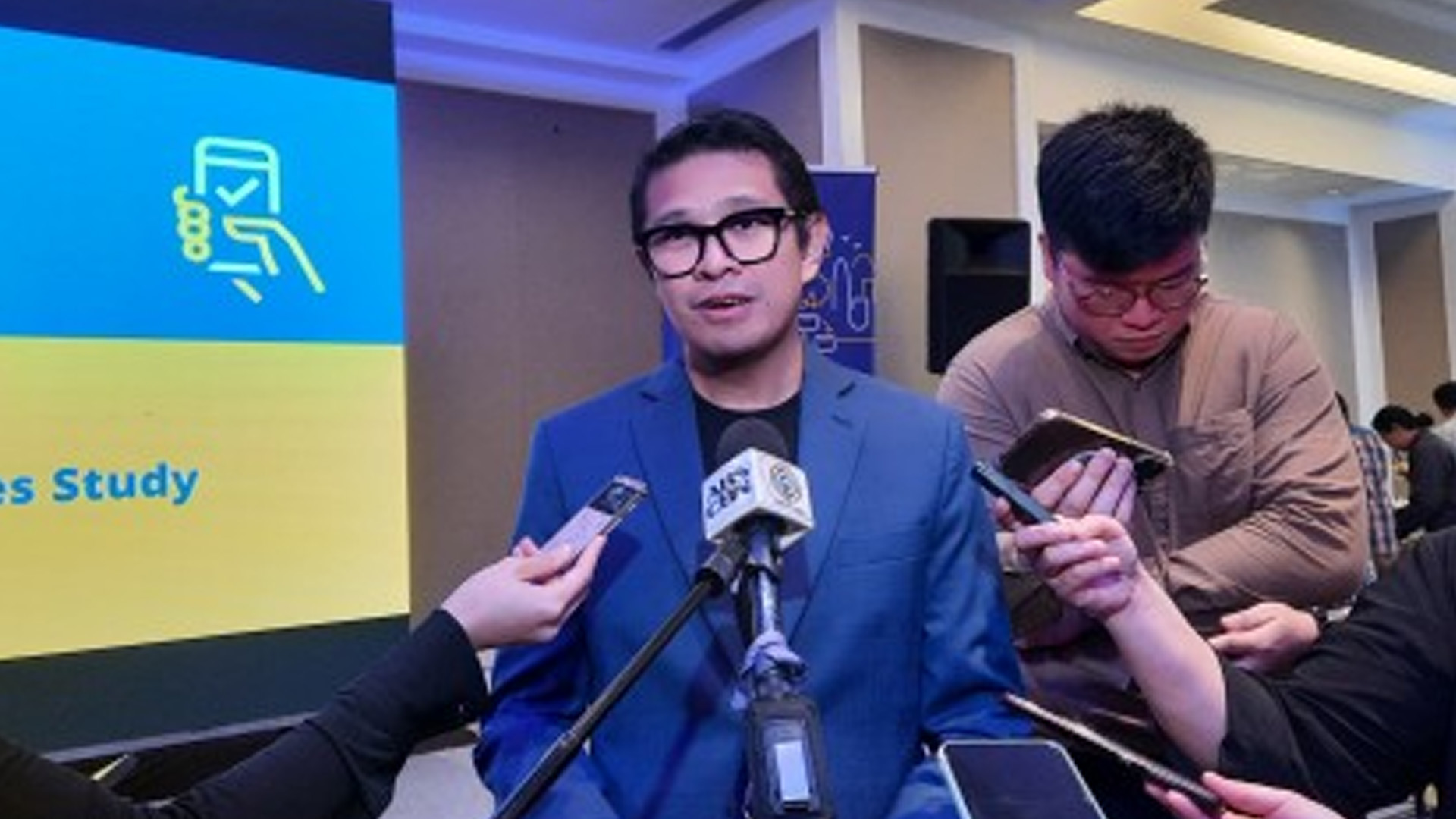One in three consumers, or 37 percent of the surveyed respondents, believes that the majority of Filipinos could be using cashless payment by 2030 as consumers become more comfortable in using mobile wallets and cards.
The Annual Visa Consumer Payment Attitudes Study reported on Thursday that cash payments in the country declined to 87 percent in 2023 from 96 percent in 2022.
On the other hand, the usage of mobile wallets and cards increased to 87 and 70 percent, respectively.
“In the past, there has been a big disparity between cash, mobile, and cards but what we’ve seen now, mobile payment now is more or less synonymous to cash at 87 percent,” Visa country manager for the Philippines Jeffrey Navarro said in a briefing in Makati City.
“Filipinos are becoming more comfortable with cashless payments, and we are confident that they will continue to embrace new innovations in the digital payment landscape,” he added.
Navarro said these trends support the survey’s result that 37 percent of Filipinos believe that the country will be using cashless modes of payment in six years or sooner.
“I think these are good indicators that really give us the confidence that directionally, it’s going cashless,” he added.
The Visa study also showed that Filipinos are carrying less cash because more establishments are accepting cashless payments and due to the perceived lack of safety in carrying money.
For contactless payments, Filipinos have more bias in using QR codes than contactless cards.
The study also revealed that among categories, the supermarket has the highest cashless acceptance at 88 percent, followed by food and dining at 86 percent, and bills payment at 82 percent.
“The momentum for attempting to go cashless remains strong and the confidence has been increasing, (and) the acceptance for cashless points has also increased,” Navarro said.
“We are moving closer to achieving a cashless Philippine society, but we still have some way to go,” he added. (PNA)








